By:
This weekend’s Geminids are going to be the
biggest meteor shower of this year, and you absolutely should not miss
it. Here’s when, where, and how to watch the Geminid meteor shower—and
what you should be looking for when you do.
What are the Geminids?
The Geminids are a mid-December (this year peaking on Sunday, December 13th) meteor shower formed by the debris of comet 3200 Phaeton burning up in our atmosphere. Phaeton is unusual in that it was only recently recognized as a comet at all. For many years, astronomers believed that Phaethon was really a large asteroid, due to its total lack of ice. Eventually, researchers figured out that Phaethon’s lack of ice was simply due to how close its path was to the sun, and they reclassified it as an extinct comet or a “rock comet.” That extinct comet is responsible for the Geminids you’ll see this weekend.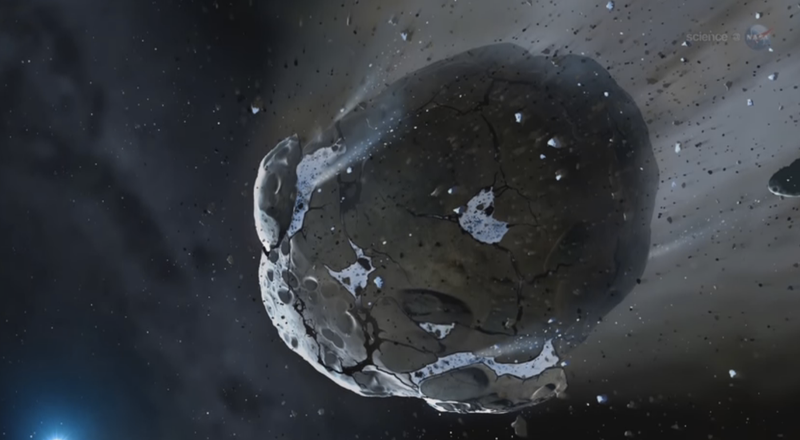 Top image: 2014 Geminids over Nevada / David Kingham; Image of comet: Artist’s concept of rock comet 3200 Phaeton / NASA-JPL
Top image: 2014 Geminids over Nevada / David Kingham; Image of comet: Artist’s concept of rock comet 3200 Phaeton / NASA-JPLThe Geminids are a fairly young shower—people didn’t begin to keep records on the meteor shower until around the American Civil War. Initially, it was a light enough shower that it barely registered for any but the most hardcore of 19th century astronomy geeks. Since then, though, the number of meteoroids simply exploded. Today, the Geminids are almost always the largest meteor shower of the year—and 2015 will be no exception.
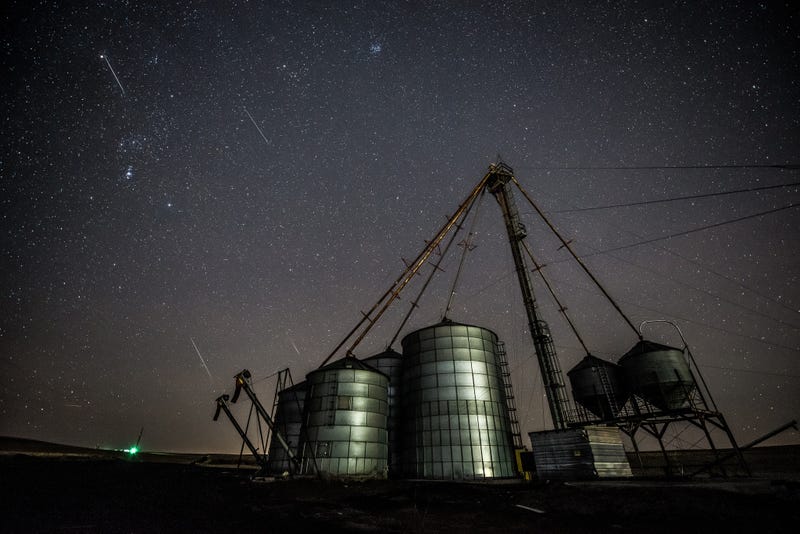 Image: 2014 Geminds / Scott Butner
Image: 2014 Geminds / Scott ButnerThis weekend’s Geminids are expected to blaze through the skies at a steady clip of 120 meteors per hour, according to NASA, though some observatories (like Slooh) are suggesting we could see up to 150. The closest we’ve seen to that in 2015 were the Perseids, which at their peak only reached 100 meteors per hour. In short, this will be an amazing show that you absolutely shouldn’t miss.
It’s not just the numbers of meteroids that you’re going to see that makes this weekend’s shower so exceptional; it’s also the meteors themselves—and some unusual behavior you may see up above.
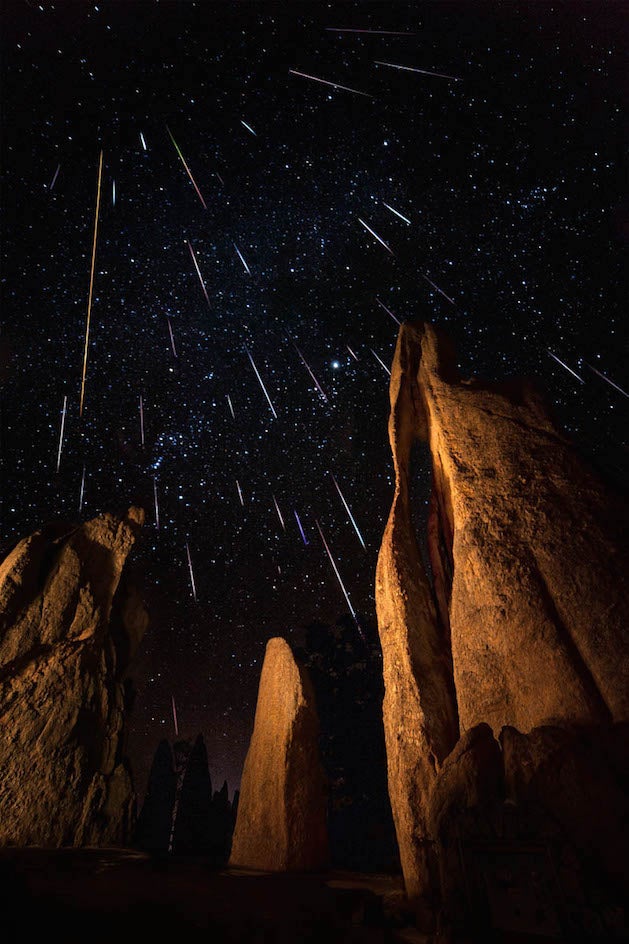 Image: 2012 Geminids over South Dakota / David Kingham
Image: 2012 Geminids over South Dakota / David Kingham
A Strange Show
Because Phaeton is a strange comet, the behavior of its meteoroids is also a little unusual. One of the marks of the Geminids is that—instead of the mix of ice, rock and assorted space debris you usually see in a meteor shower—these are just pieces of the rock comet breaking away. This means the meteoroids are more substantial than you see in most showers which lets them fall deeper into our atmosphere and also create longer arcs.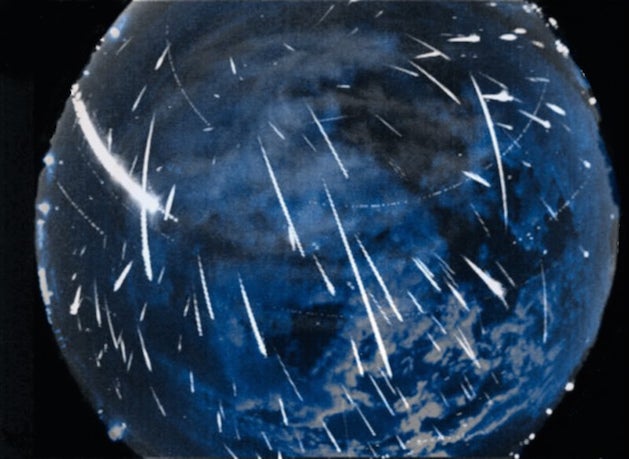 Image: 2012 Geminids composite / NASA Marshall
Image: 2012 Geminids composite / NASA MarshallThe Geminids are also an usually slow shower—averaging at about 22 miles / second. This is excellent news for meteor-watchers because it means that you have a better chance of spotting some of those stunningly long trails as they spread across the sky.
When you do spot those trails, you should also be on the lookout for something else: Color. Like last month’s Leonids, the Geminids are famous for showing up in something other than black-and-white. This is because of the elements that compose the meteoroids. While the Leonids often show up in shades of green and purple, the Geminids are more commonly sport yellows, blues, and greens.
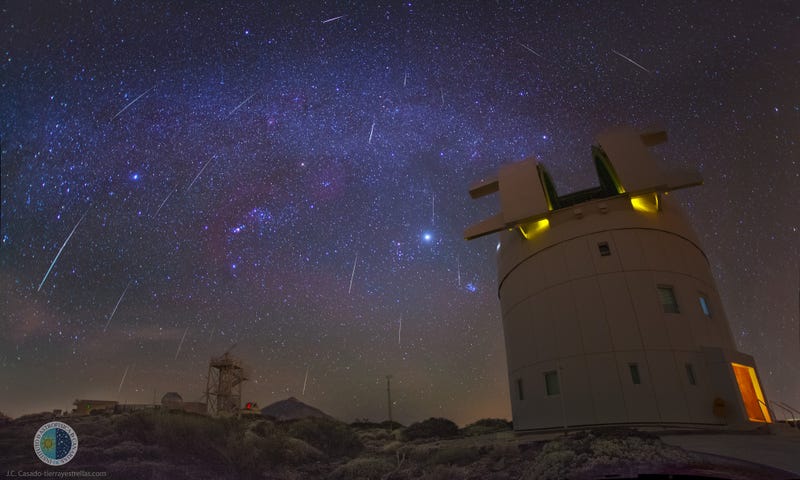 Image: 2013 Geminids / StarryEarth
Image: 2013 Geminids / StarryEarth
So, How Do I Watch?
One of the (many) wonderful things about the Geminids is that you have pretty much the entire night to watch them. Although they’re expected to reach their peak in the pre-dawn hours, anytime after 9 p.m. on Sunday should give you an excellent view of the show.This year should be especially good, though, because the new moon is on December 11th. By the 13th it will still be just barely visible and is expected to set early in the night—excellent news for visibility. Skies should be dark, making clouds the biggest visibility worry. If you’re lucky enough to have a clear night, you won’t be disappointed.
What do I need?
There is one big drawback to the Geminids: In addition to being the biggest meteor shower of the year, they are also typically the coldest. In previous editions of Sky Guide, I’ve suggested you bundle up as needed for your own personal level of comfort—the time for such flippancy is past.This is a real winter meteor shower, friends, and this is not a drill. Hat, gloves, a warm coat, a flask of something warming (whether bourbon or coffee), blankets: these are your weapons in the fight against the cold and only by having them at the ready can you expect to last the night.
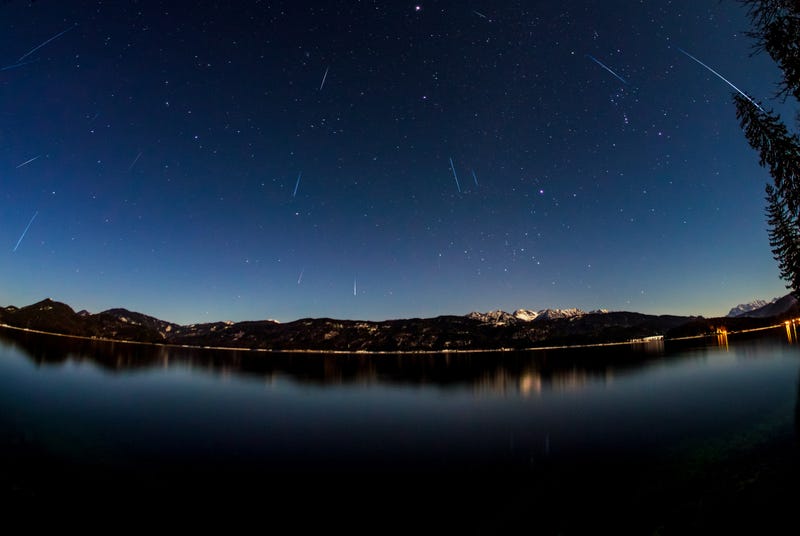 Images: Geminds 2013 / Dirk Essel
Images: Geminds 2013 / Dirk EsselGo ahead and bring a star wheel or a sky-mapping app along with you to help find it. You can also find it simply by locating the constellation Gemini (it’s just slightly to the left of Orion) and looking right above.
 Image: Geminids radiant, NASA / JPL
Image: Geminids radiant, NASA / JPLI usually recommend laying a blanket out on the ground or lying back on your car as the best way to get a full, overarching view of the sky. Not this time. Even if you don’t have snow, the ground is likely to be cold enough to send you inside quicker than you want.
If you do get chased back inside, either by sky-blocking clouds or the chill, all is not quite lost. You can still catch up on the action online: Slooh always has a nice feed of the show broadcasting from the Canary Islands.
But really, the joy of meteor showers is in watching them live and in-person. So do a little preparation, and (with a little weather-luck) you’ll see something to remember this weekend.
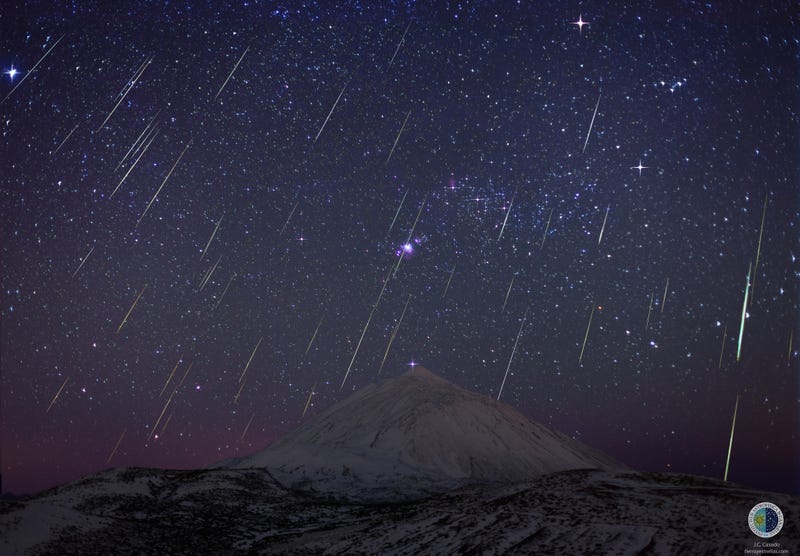 Image: 2013 Geminids / Teide Observatory (Canary Islands Astrophysics Institute, IAC / StarryEarth
Image: 2013 Geminids / Teide Observatory (Canary Islands Astrophysics Institute, IAC / StarryEarthhttp://gizmodo.com/the-biggest-meteor-shower-of-the-year-is-this-weekend-a-1747583580